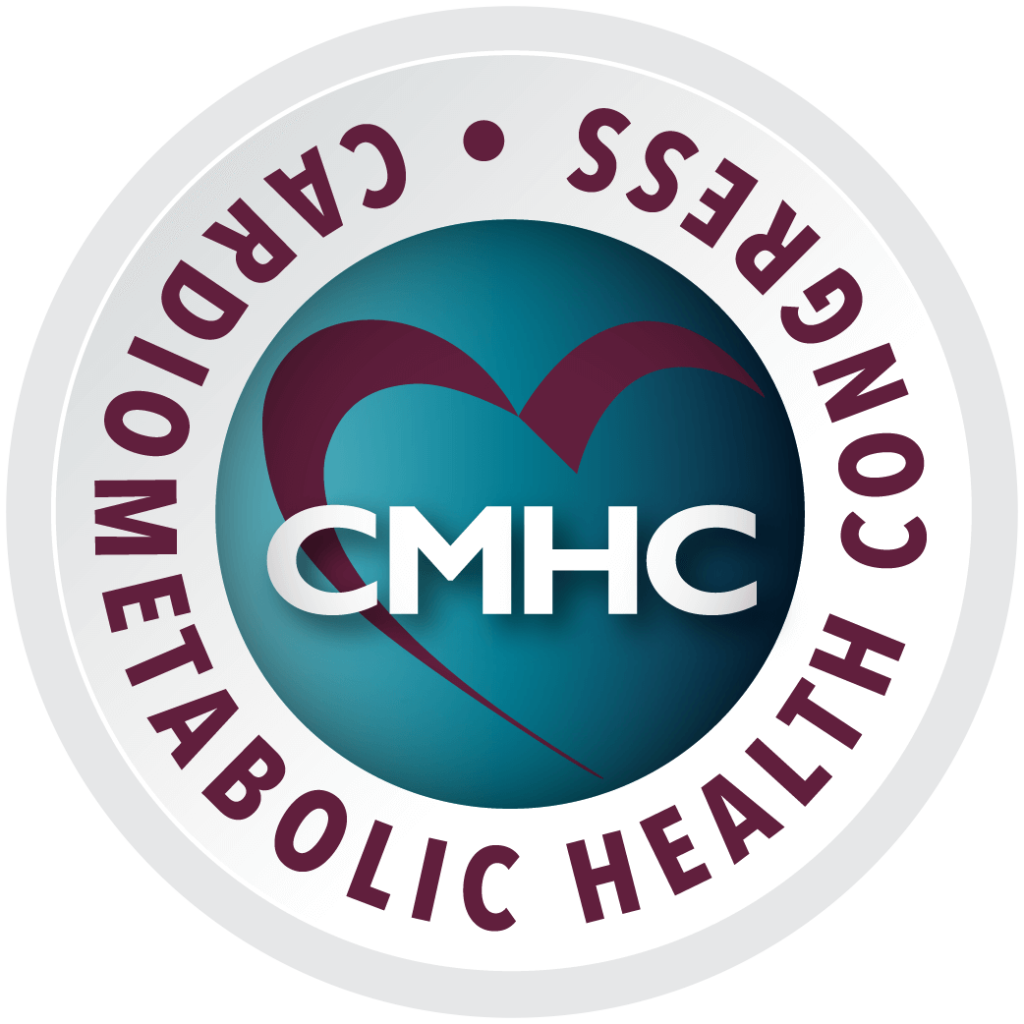Elevated odds for several cardiometabolic conditions in patients with mental illness suggest that early interventions for physical health parameters may reduce morbidity and premature mortality.

In their 2018 PloS Med article, Singh-Manoux et al. observed that “while clinical risk factors at age 50 determine the risk of incident cardiometabolic disease in a disease-free population, midlife socioeconomic and behavioural factors are stronger predictors of progression to multimorbidity and mortality in people with cardiometabolic disease.”
Cardiometabolic health and depression
A history of depression symptoms may be a predictor or marker of cardiometabolic risk, according to a 2022 publication by Ditmars et al. in Psychological Medicine. When isolated, nonsomatic depression symptoms are associated with incident self-reported sleep apnea. A better understanding of the relationship between depression and cardiometabolic health could clarify risk factors and treatment targets. The objective of the study was to assess whether depression symp toms in midlife are associated with the subsequent onset of cardiometabolic health problems.
toms in midlife are associated with the subsequent onset of cardiometabolic health problems.
The study followed 787 male twin sets with polygenic-risk score data who participated in the Harvard Twin Study of Substance Abuse and the longitudinal Vietnam Era Twin Study of Aging. Depression symptoms were assessed at baseline (mean age 41.4 years), and the onset of eight cardiometabolic conditions (atrial fibrillation, diabetes, erectile dysfunction, hypercholesterolemia, hypertension, myocardial infarction, sleep apnea, and stroke) was assessed via self-reported doctor diagnosis at follow-up (mean age 67.5 years).
Total depression symptoms were longitudinally associated with incident diabetes, erectile dysfunction, hypercholesterolemia, and sleep apnea over 27 years after controlling for age, alcohol consumption, smoking, body mass index, C-reactive protein, and polygenic risk for specific health conditions.
Cardiometabolic health and severe mental illness
The authors of a cohort study published in The Lancet Psychiatry aimed to determine the cumulative prevalence of 24 chronic physical conditions in people with severe mental illness from five years prior to diagnosis and then for five years post-diagnosis.
“After diagnosis of a severe mental illness, physical health problems might be additionally related to the course of the illness itself, drug treatment for the illness, and the further accrual of lifestyle risk factors. Interventions aimed at modifiable lifestyle risk factors in people with established severe mental illness have been less effective than in the general population.” – Launders et al.
A group of 68,000 patients diagnosed with a severe mental illness were matched to 274,000 patients without a severe mental illness diagnosis. The most prevalent conditions at the time of diagnosis in people with severe mental illness were asthma, hypertension, diabetes, neurological disease, and hypothyroidism. At diagnosis, people with schizophrenia had increased odds of five of 24 chronic physical conditions compared with matched controls, and nine of 24 conditions were diagnosed less frequently than in matched controls. Individuals with bipolar disorder and other psychoses had increased odds of 15 conditions at diagnosis. At five years post-diagnosis, these numbers had increased to 13 conditions for schizophrenia, 19 for bipolar disorder, and 16 for other psychoses.
Discussion
Certain drugs that treat severe mental illnesses (second-generation antipsychotics, antidepressants, lithium, and anticonvulsants) have adverse effects that are associated with multiple physical health conditions. Patients taking these drugs to manage the symptoms of mental illness may develop cardiometabolic conditions after treatment has been initiated due to the therapies themselves and not the mental illness. Patterns of these physical conditions by severe mental illness vary by genetic vulnerability, illness course, lifestyle risk factors, and drug treatment.
Despite the possibility that therapeutic effects, individual genetics, and accompanying lifestyle risk factors are sometimes responsible cardiometabolic disease in patients with existing mental health conditions, research shows that there is a probable mechanism of action beyond these factors that increases the likelihood for mental and cardiometabolic disease to occur in tandem.
“The mortality gap between people with severe mental illness and the general population has widened in the past 20 years, despite targeted attempts to address it. The elevated risk of several chronic physical conditions at the point of diagnosis of a severe mental illness (and the five years before it) suggests that preventative efforts are needed earlier in this population to have an impact on disease burden and mortality. Chronic health problems should not be viewed as the inevitable result of psychotropic medication and long-term health risk factors. We need to consider early intervention for physical health as well as mental health in this population.” – Launders et al.
Sources
- Singh-Manoux et al. Clinical, socioeconomic, and behavioural factors at age 50 years and risk of cardiometabolic multimorbidity and mortality: A cohort study. PLoS Med. 2018 May 21;15(5):e1002571. doi: 10.1371/journal.pmed.1002571
- Ditmars et al. (2022). Associations Between Depression and Cardiometabolic Health: A 27-Year Longitudinal Study – Corrigendum. Psychological Medicine, 1-1. doi:10.1017/S0033291722003105
- Launders et al. (2022). The temporal relationship between severe mental illness diagnosis and chronic physical comorbidity: a UK primary care cohort study of disease burden over 10 years. The Lancet Psychiatry, 9-9. doi:10.1016/S2215-0366(22)00225-5
















